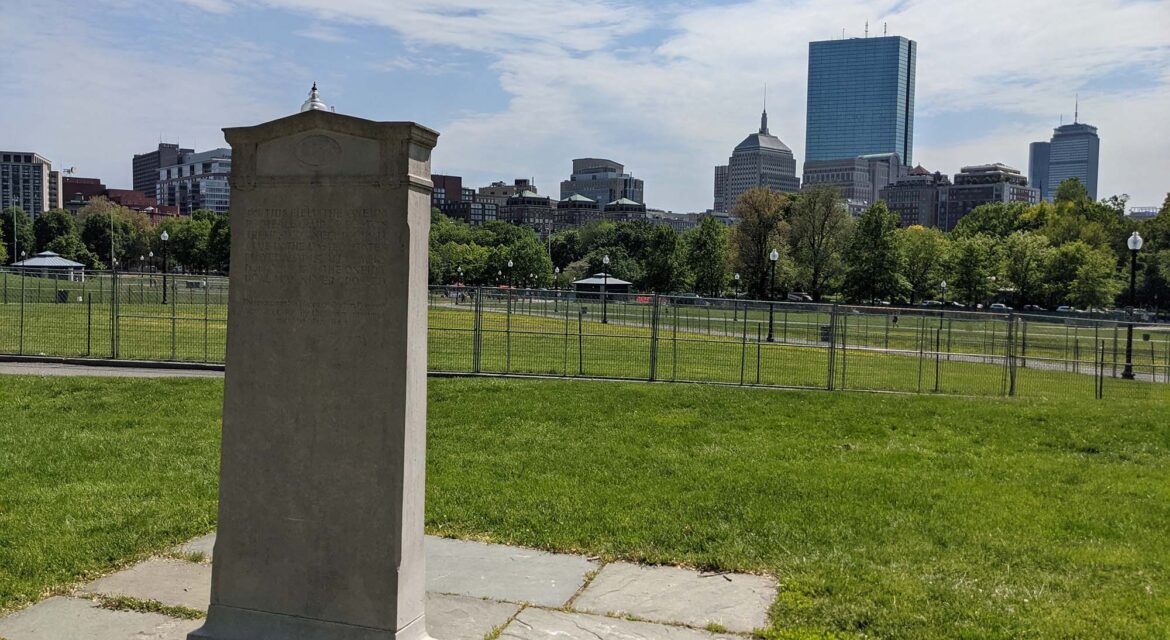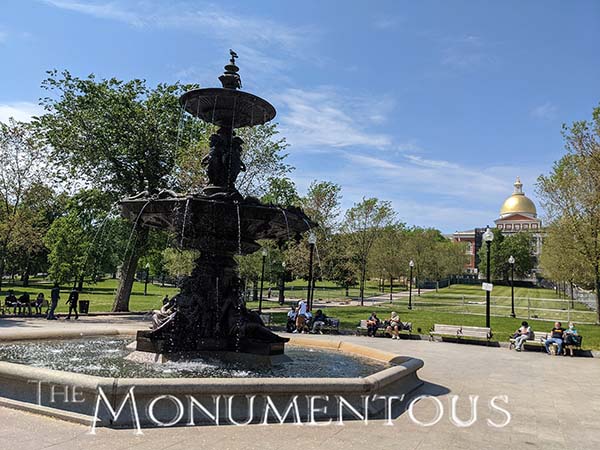 As the first stop along the Freedom Trail, Boston Common has a history and notoriety that goes beyond it being the oldest park in the United States. By featuring so many notable monuments while also being a place for the contemporary community to gather for an event or to simply enjoy a green space in the urban setting, Boston Common has been able to connect the past and present of the city and community.
As the first stop along the Freedom Trail, Boston Common has a history and notoriety that goes beyond it being the oldest park in the United States. By featuring so many notable monuments while also being a place for the contemporary community to gather for an event or to simply enjoy a green space in the urban setting, Boston Common has been able to connect the past and present of the city and community.

The Oldest City Park in the United States
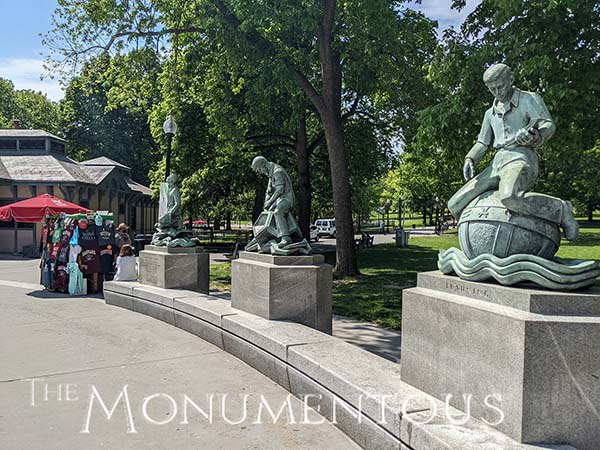 Purchased by its citizens in 1634 for 30 pounds and officially set aside as public or “common” land by a vote in 1640, Boston Common is America’s oldest public park. In these early days, the ground was also used as a cow pasture, a place for public hangings and even as a training ground for the British before the American Revolutionary War. It was even used for burials, although the Granary Burying Ground was separated from the rest of the Common in 1660.
Purchased by its citizens in 1634 for 30 pounds and officially set aside as public or “common” land by a vote in 1640, Boston Common is America’s oldest public park. In these early days, the ground was also used as a cow pasture, a place for public hangings and even as a training ground for the British before the American Revolutionary War. It was even used for burials, although the Granary Burying Ground was separated from the rest of the Common in 1660.
In the 1830s the space became an official park, but a variety of activities still took place over the centuries. In the 1860s, Civil War recruitment and anti-slavery meetings were held. Victory gardens appeared throughout the Common after World War I, while much of the iron fencing that had appeared in the space was utilized for scrape metal in World War II.
This variety of events and activities continues into the modern era, as the Common has hosted everything from war and civil rights rallies to a mass celebrated by the pope. This variety of activity is further cultivated on account of the many monuments and activities that the park contains.

The Many Monuments of Boston Common
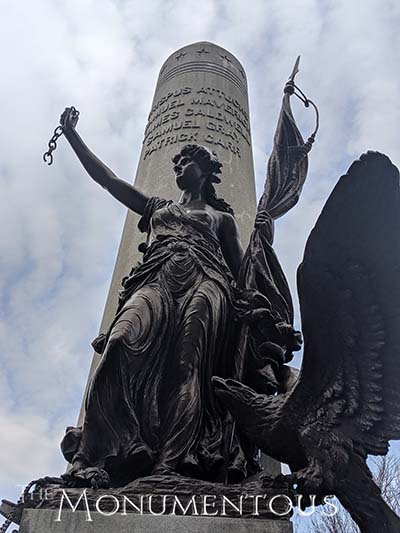 Featuring numerous monuments that are attractions in and of themselves, Boston Common highlights what kind of a difference it can make to audiences when such notable landmarks all reside in the same place.
Featuring numerous monuments that are attractions in and of themselves, Boston Common highlights what kind of a difference it can make to audiences when such notable landmarks all reside in the same place.
Dedicated in 1897, the bronze Robert Gould Shaw/54th Massachusetts Regiment Memorial, sculpted in bas-relief by Augustus Saint-Gaudens, commemorates the first all-black volunteer regiment in the Civil War. Shaw and many of his men perished in their assault of Fort Wagner in South Carolina.
The Soldiers and Sailors Monument at Flagstaff Hill honors Civil War troops. Dedicated in 1877 and stretching 126 feet into the air, the monument features four bas-relief bronze tablets along with four 8 foot high carved granite figures representing the northern, southern, eastern and western sections of the reunited nation. A bronze allegorical female figure of America stands on top of the central column.
The Brewer Fountain, Boston Massacre Monument, Boston Common Tablet, the Oneida Football Club Monument and Parkman Plaza are a few of the other notable monuments that the park contains, although visitors can more actively engage with landmarks like the Parkman Bandstand. Used in musical and theatrical productions, the space highlights how all of these monuments have been able to breed a sense of community for residents and visitors.

Boston Community and Park Revenue
 One of the most popular activities at Boston Common occurs throughout the year on the Frog Pond, which is located in the heart of the park. With a winter ice skating rink and learn to skate school, a reflecting pool in the spring and fall, and a summer spray pool and children’s carousel, there’s always something happening, all of which is in addition to a calendar of events.
One of the most popular activities at Boston Common occurs throughout the year on the Frog Pond, which is located in the heart of the park. With a winter ice skating rink and learn to skate school, a reflecting pool in the spring and fall, and a summer spray pool and children’s carousel, there’s always something happening, all of which is in addition to a calendar of events.
Softball fields lie in the southwest corner of the Common. A grassy area forms the western part of the park and is most commonly used for the park’s largest events. Restaurants and other establishments are located in the Common, including the Boston Common Visitor Information Center. Visitors can book tours, buy souvenirs, and get general information on Boston and the region.
The public athletic fields or parks can also be reserved using the online permitting system for special events, sports, and weddings. These are sources of direct revenue, although anyone can give a donation that can be targeted for a specific purpose, from sponsoring events or programs to planting trees and installing benches, or for general purposes.
These events and places to engage are in addition to the appeal of the Common as a place where visitors can take a stroll to relax and get a little exercise on one of the several broad walkways. Just like the nearby Greenway, Boston Common has been able to provide residents and visitors with space that is removed from the urban setting of the city to engage with in whatever way they wish. All of these options have created a sense of community that continues to cement a legacy for the city and country.
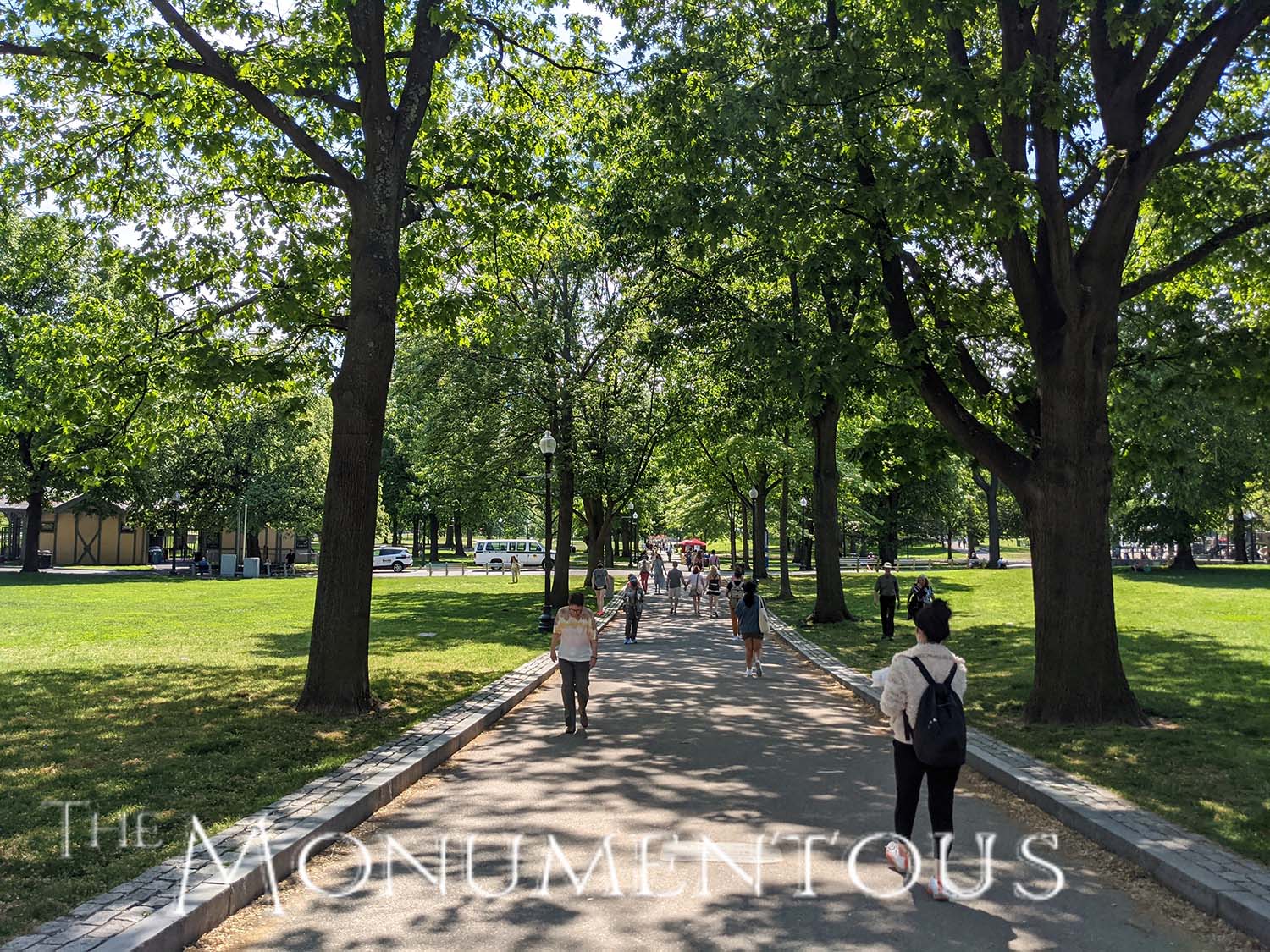
A Dual Legacy
 Throughout its history, Boston Common has functioned as a meeting place as well as a public park, creating a dual legacy that it continues to serve. By featuring so many monuments and also giving people a place to escape the city, Boston Common highlights what it can mean to cultivate a legacy that people of all eras can appreciate and expereince.
Throughout its history, Boston Common has functioned as a meeting place as well as a public park, creating a dual legacy that it continues to serve. By featuring so many monuments and also giving people a place to escape the city, Boston Common highlights what it can mean to cultivate a legacy that people of all eras can appreciate and expereince.

